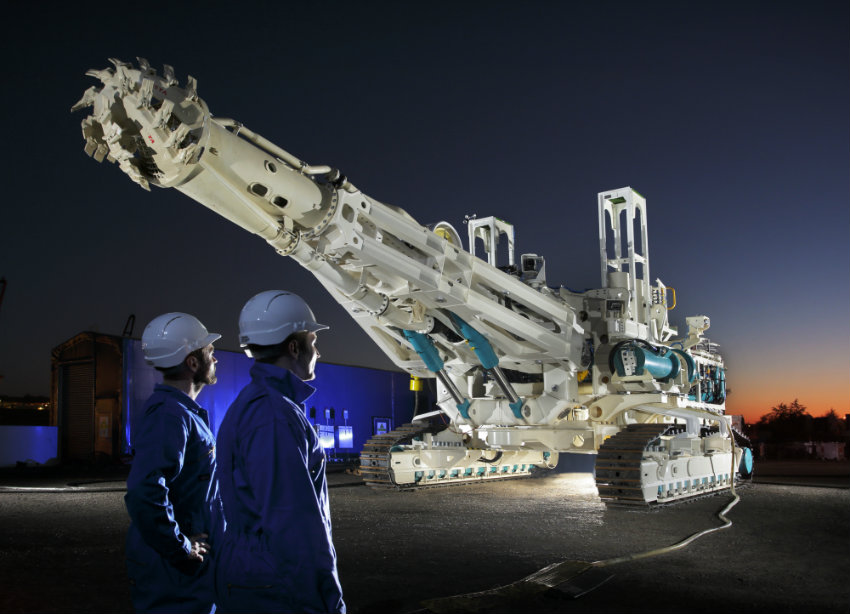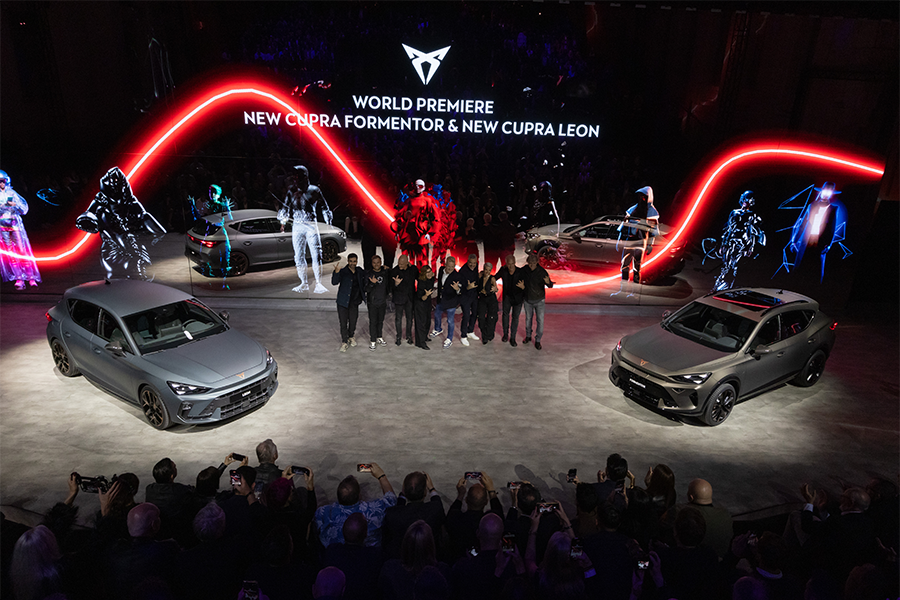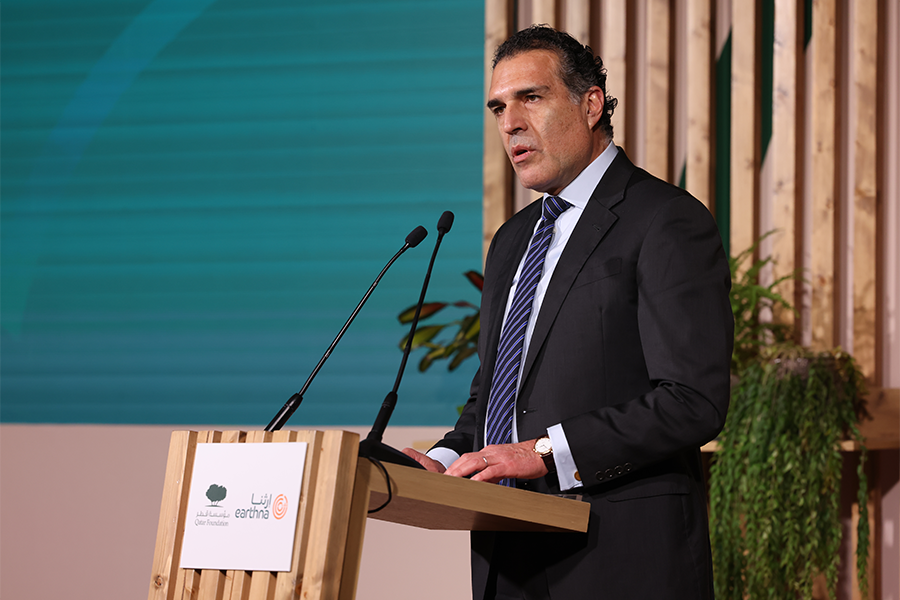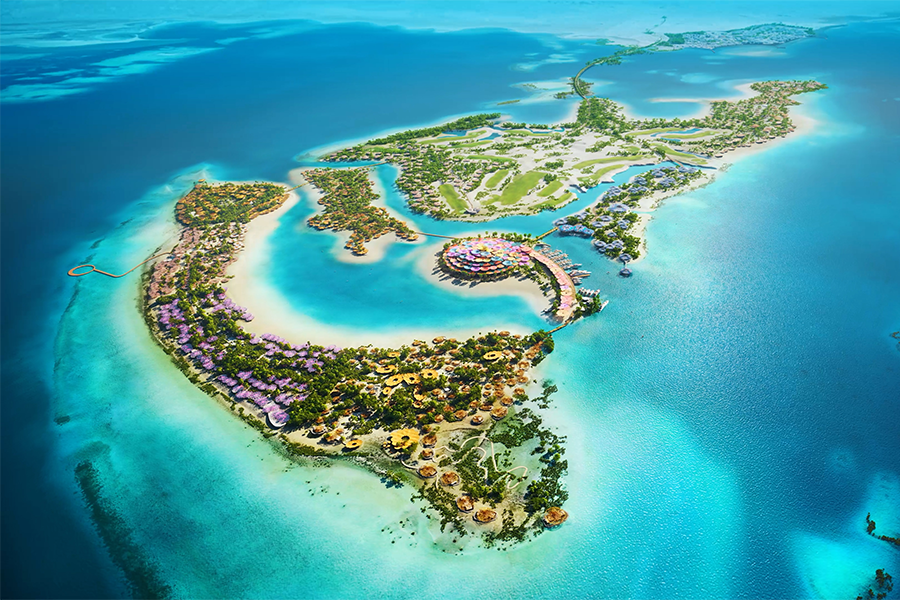Pioneering player, Nautilus, is bringing together tried-and-tested technologies from other industries to send cutting-edge, remote-control robots into the depths of the Pacific to explore for massive sulfide deposits, in search of rich seams of high-grade metals and minerals.

“The largest accumulations of copper, cobalt, manganese, and nickel, and significant deposits of gold, lead, silver, and zinc, are on the seafloor, not on land,” Mike Johnston, the Canadian company’s president and CEO explains. “As we move to a more technologically-based society, copper requirements increase exponentially. Mineral consumption in a green economy is greater than in a traditional one. These minerals are all in abundance on the seafloor.”
Nautilus has sourced solutions from the offshore hydrocarbon, dredging, and mining sectors to develop a proprietary production system that will significantly cut the cost and time frames of traditional mining. Moreover, Johnston says, an independent report by Earth Economics revealed that deep-sea mining will impact ecosystems less than land-based mines.
“Seafloor mining is a major game changer in the global mining industry.”
Mike Johnston, CEO, Nautilus Minerals
At its Solwara 1 project in the Bismarck Sea, off Papua New Guinea, Nautilus intends to anchor a floating Production Support Vessel (PSV) and use a riser and lifting system to pump mineralized materials, cut by its robotic seafloor production tools (SPT), up to the PSV for recovery: “The cost of building one of these systems is about $480 million,” Johnston explains. “To produce the same amount of copper, a mine on land would cost between $1.5 to $2 billion.”
The firm’s operations are moving forward at a rate of knots. This March, three SPTs arrived in Oman to commence shallow water testing, the PSV should be delivered in late 2017, and Nautilus expects to start extracting material from the seafloor in the first quarter of 2018.
With significant and highly prospective acreage in the territorial waters of Fiji, the Solomon Islands, Tonga, and Vanuatu, as well as Papua New Guinea, Nautilus has lots of seabed to explore. Thankfully, its shareholders—including Omani conglomerate MB Holding, Cypriot- Russian Metalloinvest, and Anglo American—“understand disruptive technologies,” Johnston says, and are convinced about the company’s prospects in uncharted waters.
“We saw there was a real niche that was going to develop,” Johnston says. “In mining, the first people in can, theoretically, get the best ground. The other driver is to patent technology. We own significant components of our technology. You also build a reputation and that is worth real currency.”![]()








